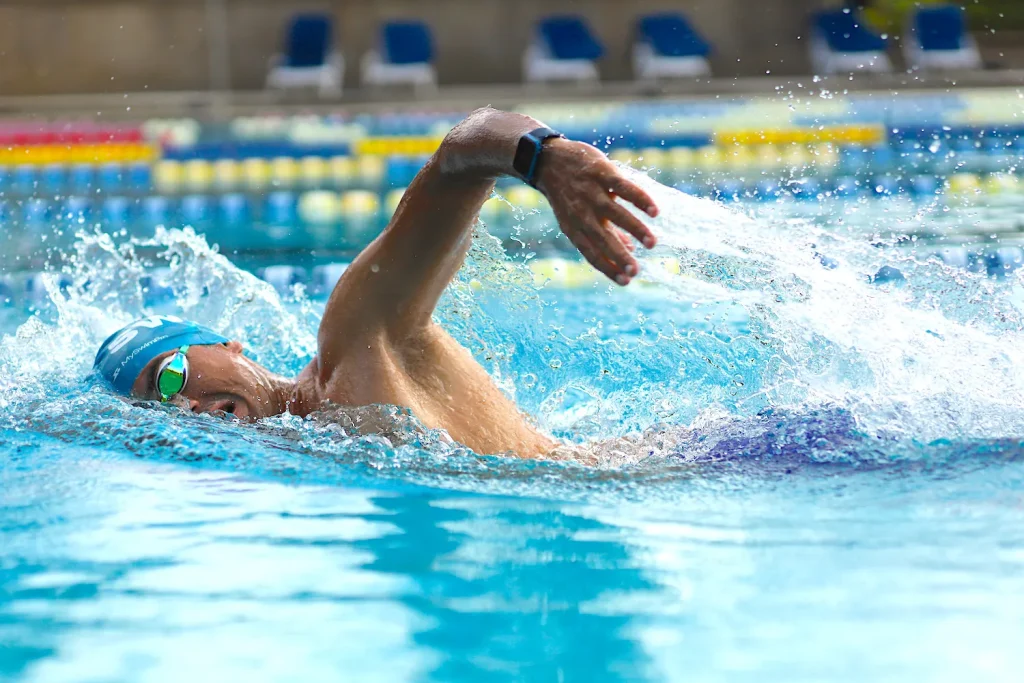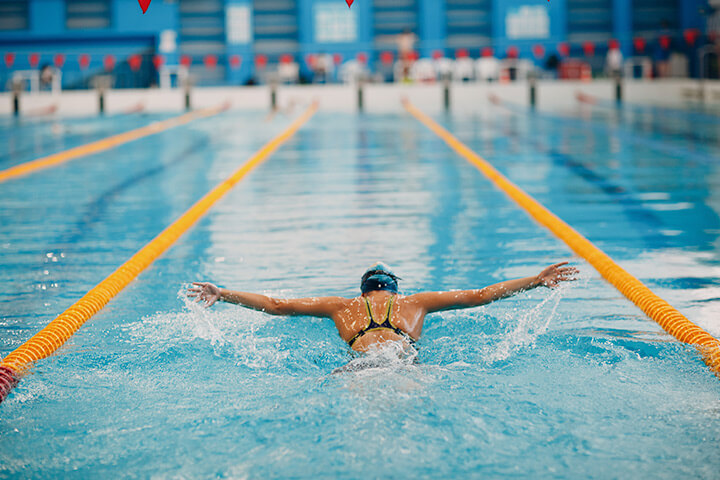For many who aren’t natural swimmers, watching others glide effortlessly through water can feel almost magical. Yet, learning to float is one of the most important skills you can acquire—it could even save your life. Floating might look simple, but it requires the right mix of relaxation, technique, and practice.

Top Tips for Floating with Ease
-
Relax Your Body and Mind
Anxiety can work against you in the water. Start by calming your mind and body; a relaxed state helps you focus on proper techniques and natural breathing, both of which enhance your buoyancy. -
Seek Professional Guidance
While online tutorials and tips can be helpful, nothing beats the hands-on advice of a qualified instructor. Learning under supervision not only refines your technique but also gives you the confidence and safety you need as you practice. -
Practice Proper Breathing
Instead of holding your breath, concentrate on deep, even breaths. Filling your lungs with air helps boost your natural buoyancy—think of your lungs as an internal life jacket. -
Start in a Controlled Environment
Begin your floating practice in a swimming pool, ideally in a shallow area where you can stand if needed. This controlled setting minimizes distractions like waves and lets you focus on mastering your technique. -
Use Gentle Hand Movements
Small, deliberate hand motions can help keep your head above water. Avoid flailing; instead, let your arms make slow, steady movements to maintain balance. -
Keep Your Legs Up
One common challenge is preventing your legs from sinking. Try reaching your arms above your head to create a supportive structure that naturally lifts your legs toward the surface. -
Engage Your Core
Your core muscles play a vital role in maintaining balance. By keeping your stomach elevated, you help stabilize your body and prevent your legs from dipping below the surface. -
Kick Softly
A gentle, rhythmic kick can prevent your legs from dragging down your body. Avoid vigorous kicking—instead, opt for light, alternating movements that keep you balanced. -
Utilize Flotation Aids if Needed
Tools like pool noodles can be a great temporary help while you build your confidence and skills. Use them as training aids, but aim to rely on your own buoyancy over time. -
Practice Regularly
Like any skill, floating takes time and repeated effort. Start by practicing for short periods and gradually extend your sessions as you become more comfortable in the water.

Frequently Asked Questions
Q: Can anyone float?
A: Absolutely. While some might find it easier than others, everyone has the natural potential to float. Your ability largely depends on your body’s density, composition, and lung capacity.
Q: Why do I sink when I try to float?
A: Sinking can occur if your body isn’t positioned correctly or if you’re not using the proper technique. Differences in body composition, such as having more muscle than fat, can also affect your buoyancy.
Q: Is it possible to float without moving?
A: Some individuals can maintain a still float on their backs, but for most people, gentle movements of the hands and legs are necessary to keep balanced and prevent sinking.
Q: How do I stay afloat in deep water?
A: In deeper water, you can use the back float technique or learn to tread water. Treading involves slow, deliberate movements of your arms and legs, helping you keep your head above water until you feel more secure.
By mastering these techniques and practicing consistently, you’ll build the confidence and skills needed to float effortlessly—a vital ability that not only boosts your swimming prowess but also enhances your overall safety in the water.


Leave a Reply